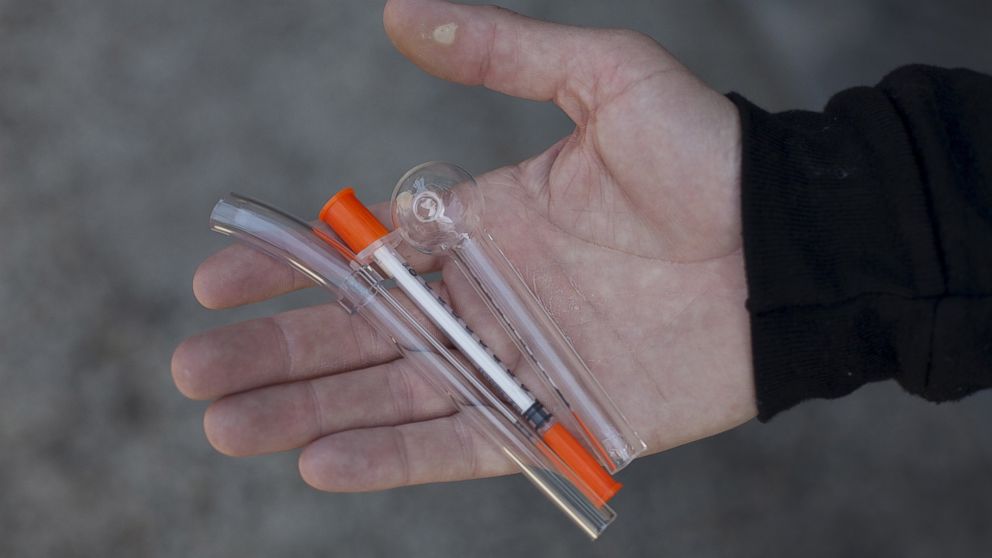Heroin-Related Deaths Quadruple As Drug Epidemic Continues to Impact U.S.
More women and more affluent people are using heroin.

— -- The heroin epidemic continues to sweep the U.S. with heroin-related deaths quadrupling in just over a decade according to a new report by the U.S. Centers for Disease Control and Prevention.
In the report the CDC found that heroin-related overdose fatalities have increased by 286 percent from 2002 to 2013, when 8,200 died.
Not surprisingly, the CDC found that those addicted to opioid painkillers were 40 times more likely to be addicted to heroin. People addicted to alcohol were twice as likely and people who used marijuana and cocaine were three and 15 times more likely to use heroin respectively.
Heroin use in the U.S. continues to increase in spite of attempts to quash drug use. Even demographic groups with traditionally low rates of heroin addiction have started to see increased use of heroin. In 2013 approximately 100 percent more women were using heroin than in 2002-2004. Among people making $50,000 or more heroin use has increased 60 percent.
The CDC connects the startling rise to the continued use of prescription opioid painkillers.
"An increasing number of people are primed for heroin use because they were addicted to an opioid painkiller," said CDC Director Dr. Tom Frieden, who pointed out heroin can be five times less expensive than opioid painkillers on the street.
Today the Baltimore Health Department announced there was a 178 percent increase in heroin-related deaths — a total of 39 deaths — compared to the same quarter last year. They attributed much of it to heroin that is laced with fentanayl, an opioid that is 50 to 100 times more potent than morphine.
“Fentanyl-laced heroin is killing individuals in our city,” said Dr. Leana Wen, Baltimore city health commissioner. “Nearly every day in Baltimore, one person dies from drug overdose. This is a public health emergency. It is our obligation to educate and save lives.”
Rather than asking addicts to just seek treatment at a drug-abuse center, the health department asked that people practice safer behaviors while using to safeguard themselves. This includes not using heroin while alone, carrying a Naloxone — an antidote to heroin overdose — and looking at the color and texture of heroin before using.
The city offers free overdose training, complete with Naloxone kit for residents.
Heroin use is no longer just a problem mainly in urban areas, but has been wreaking havoc on rural or less populated areas as well. In Tennessee, Dr. Stephen Patrick, assistant professor of pediatrics and health policy and attending neonatologist at Vanderbilt University Medical Center, often works with heroin-dependent infants and pregnant women.
He said there were not enough treatment centers to help women seeking treatment for their addiction.
"There is a substantial need for treatment and particularly for treatment for young families," said Patrick citing how many young women were now addicted to heroin compared to 2002."It’s caught us off guard. I think women do have special needs … they aren’t being addressed in many communities."
Patrick says the stigma against drug dependency needs to end so that people will seek help. He points out that an opioid-addicted person will need methadone or similar substance as much as a diabetic will need insulin.
"Women who have heroin addiction … we know they are much better off in medically-assisted treatment," said Patrick.



